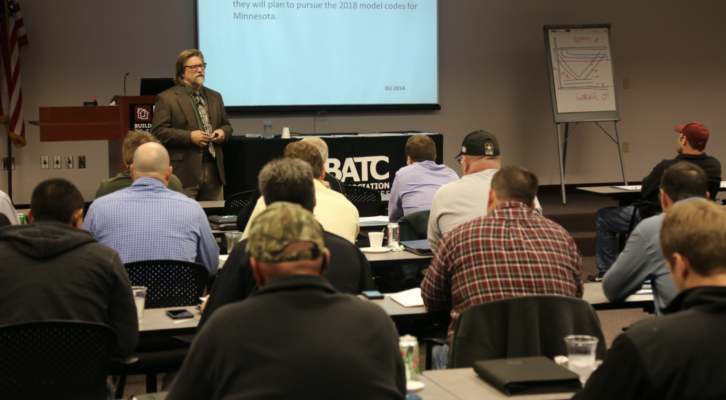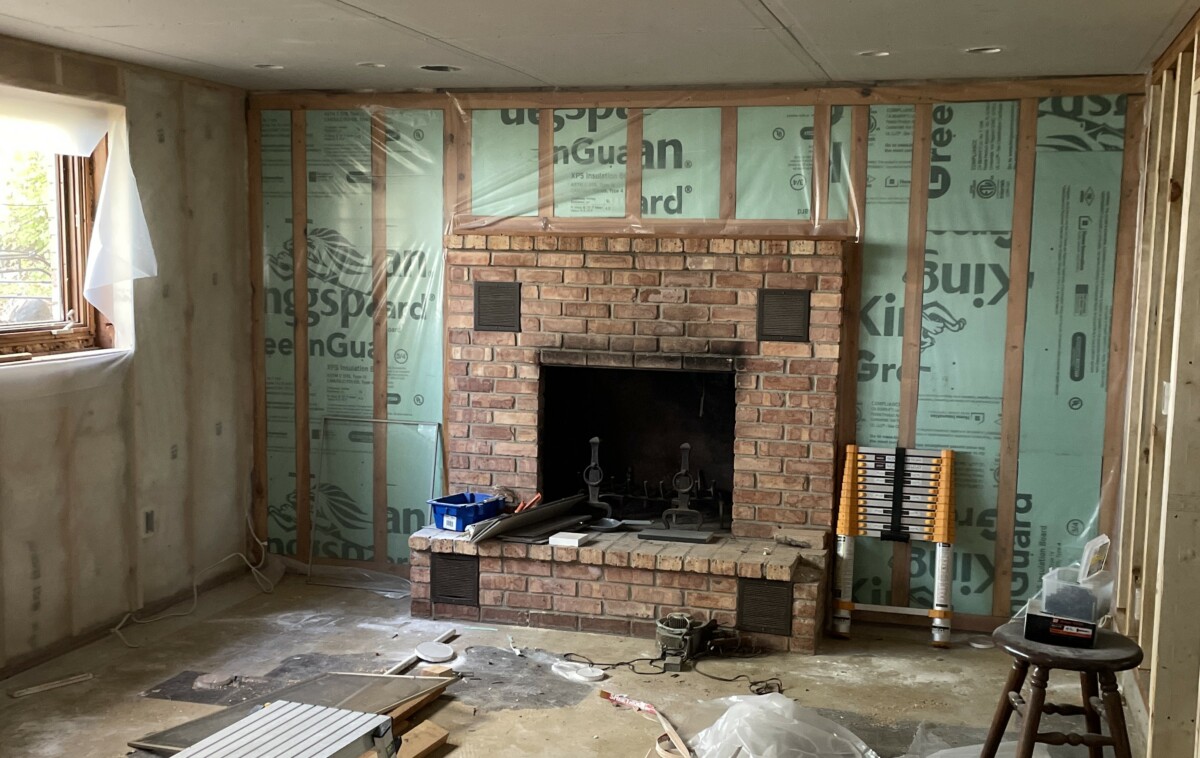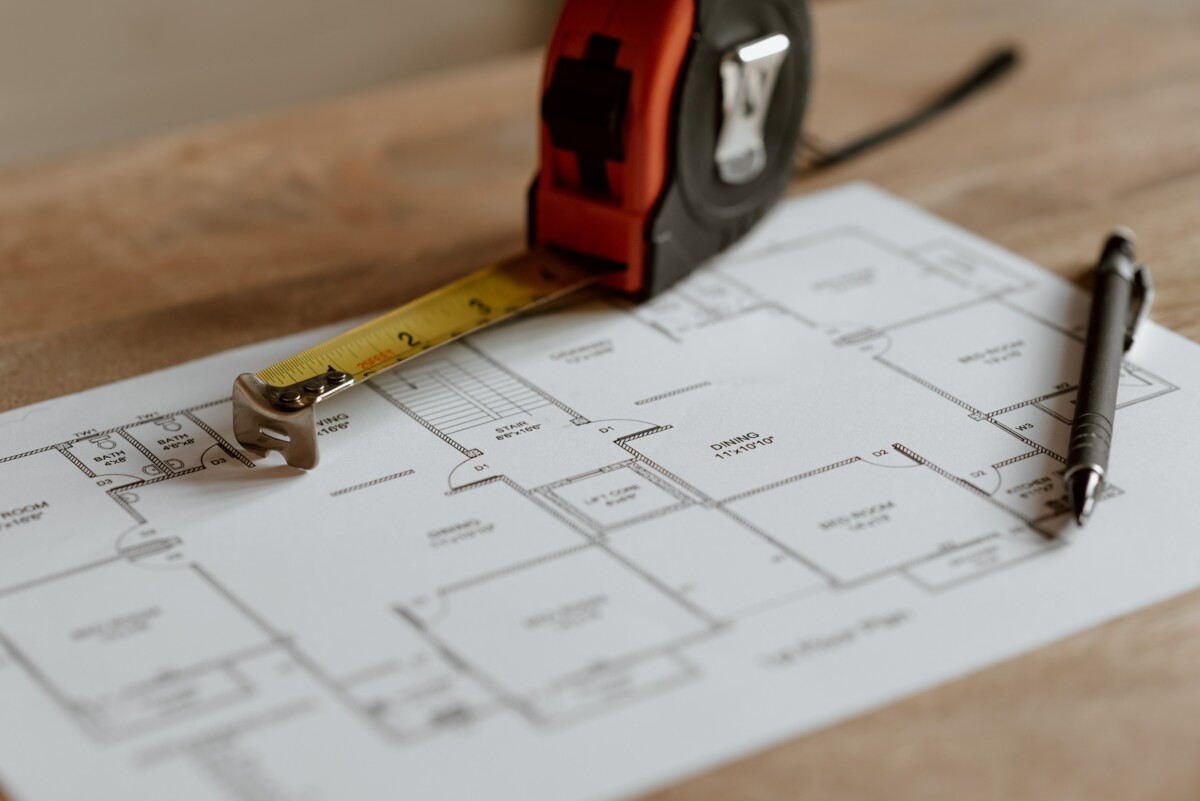By PETER KULCZYK, Green Code Knowledge
Have building and construction questions? We have the answers! Peter Kulczyk of Green Code Knowledge, a building industry expert and frequent instructor at Contractor University, is available to answer your questions.
Q. When constructing a new house that Q has engineered floor trusses, such as open-web floor trusses or wood I-Joists, does the code require these to be fire protected on the bottom side, such as in an unfinished basement?
A. Yes. The Minnesota Residential Building Code, in Section R501.3, “Fire Protection of Floors,” now requires floors constructed with other than 2 x 10 solid sawn floor joists to be protected on the bottom side with ½ inch gypsum board or 3/8 inch wood structural panel that serves as a means
to provide an extra margin of safety during a fire rescue mission. There are some exceptions for crawl spaces, utility areas and alternative engineered joists that can be considered. This code section does not require any joint treatment or address vertical penetrations through this membrane.
Q. Are exterior house foundation sill plates required to be preservative-treated?
A. Not necessarily. IRC Section R317, “Protection of Wood-Base Products,” requires that foundation sill plates that rest of a concrete or masonry exterior foundation wall and are less than 8 inches from the exposed ground be preservative-treated or be a naturally durable wood, such as Redwood, Cedar, Block Locusts and Black Walnut. In other words, if the foundation is 8 inches or greater from the exposed ground it can be of any species recognized by the code structurally capable of carrying the load above without being preservative-treated or naturally durable wood. Some code officials recognize that the use of a sill sealer between the sill plate and the foundation wall provides the separation needed to prevent moisture from being absorbed by the sill plate. Check with your local code official.
Q: We would like to replace some existing windows in three bedrooms of a 1960s-era house. It was suggested that if we replace these windows that at least one in each bedroom will need to meet the current code for egress (emergency escape and rescue). Is this correct?
A. No. The State of Minnesota amended IRC Section R310 to include some wording that addressed this situation. It basically states that window replacements are exempt from the minimum net clear height (24 inches), net clear width (20 inches), and net clear overall size (5.7 square feet) as long as the replacement window is the manufacturer’s largest standard size window that will fit into the existing rough opening and of the same operating style or a style that provides for an equal window opening area. For example, under this provision, if an existing sleeping room only had 24 x 24 double-hung windows then the replacement windows could also be 24 x 24 double-hung windows (even though they would not meet the 5.7 square feet needed for windows in newly constructed homes).
Q: We have been asked to remodel the basement level of a home constructed in the 1940s and we are concerned about the lack of ceiling height for a proposed sleeping room and recreation room. Does the code have any exceptions for these types of existing situations?
Yes. IRC Section R305.2, “Alterations to Existing Basements,” only requires that these proposed rooms have a minimum ceiling height of at least 6 feet 4 inches and that the stairway has the same.

















